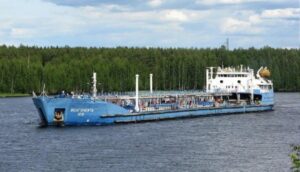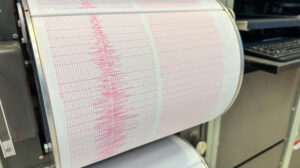The attacks on tankers, like those that have occurred recently, are no longer isolated incidents. On the contrary, they reveal a dangerous link—a series of chain reactions that create the impression that something far darker and more organized is lurking beneath the surface. The truth, no matter how much it tries to stay hidden, is evident to some international analysts: something orchestrated and dangerous is in full motion.
The case of the Seajewel was anything but random. Just like other attacks that have taken place over the past few months, it brings a pattern to the forefront: all the vessels had loaded Russian crude oil, directly from Russian ports, in the most recent period. This realization opens a window into the heart of a mystery that remains unsolved—who or what is behind these attacks?
Russia, as is well known, is under strict Western sanctions. Despite the relationship between leaders Trump and Putin, the barriers remain intact, and the situation has not progressed, despite international pressure. However, Russian crude continues to be traded on the global market, under restrictions and price caps—yet with loopholes still allowing transactions.
The Seajewel, currently anchored in Savona, Italy, has become the focus of an investigation after suffering severe damage during unloading. The water ingress, along with an impressive hole at the base of the vessel, indicates that the damage was not caused by a mechanical failure. The possibility that it was inflicted by an external force remains the strongest scenario. Someone—or something—is trying to send a message. The question is whether this act was random or part of a deeper strategy.
This is not the first incident of its kind. The Seacharm suffered a similar explosion off the port of Ceyhan in January. Moreover, there have been other suspicious explosions which, even though the information is murky, give the impression that something broader, something organized with a clear purpose, is driving these attacks.
Authorities often tend to downplay such events, avoiding unnecessary panic. However, it’s impossible not to recall the explosion on the VLCC M. Star in 2010, when the initial explanations ranged from earthquakes to old naval mines—until a terrorist involvement was ultimately confirmed. History shows that early assessments often fail to uncover the full truth.
Even though insurers do not yet classify tanker attacks as a systemic threat, the reality for ship crews is very different. They are left completely unprotected, exposed to danger without any negotiation or clear extortion demands.
Some may simply be trying to damage the oil sector and send a clear message for reasons that remain unclear. So far, there have been no reported casualties or environmental damage, but the real question remains: How much longer will tankers and their crews rely on luck?
Ask me anything
Explore related questions





